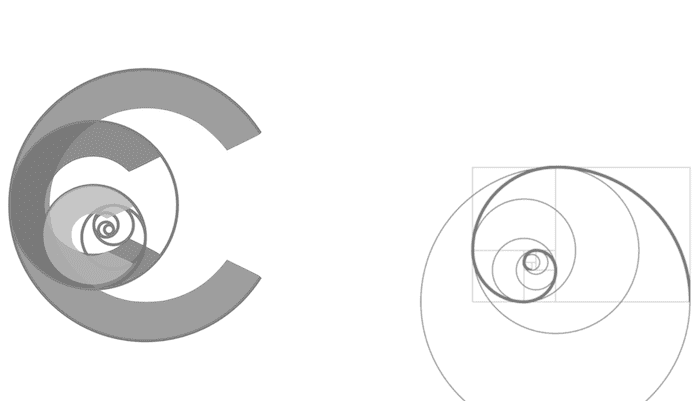Cuff Pressure Gauge
OVERVIEW
- Cuff pressure gauge aka cuff manometer
USES
- allows safe inflation of the cuff seal of low pressure endotracheal and laryngeal tube cuffs by measuring the cuff pressure
DESCRIPTION
- Luer attachment to the pilot balloon of tubes
- rubber hand bulb for cuff inflation
- large pressure display gauge on the front
- pressure release valve on the back that permits air to be released from the cuff
- ergonomic design to enable inflation and deflation with one hand
- some have a hook on the back to aid storage
- latex free components
- Gauges
– range between brands and models (e.g. pressure in cmH2O and/or mmHg; pressure ranges (0–60 cmH2O versus 0–120 cmH2O)
— variable coloured ‘wedge(s)’ on the gauge may designate a recommended ‘safe pressure’ range and/or ‘unsafe’ ranges for endotracheal and/or laryngeal mask tubes - Several brands (e.g. VBMTM, AmbuTM)
METHOD OF INSERTION/ USE
- Attaches firmly to the pilot balloon of cuffs via the Luer connector and the pressure is displayed
- high cuff pressure is adjusted by deflating air by pressing the release mechanism
- if there is an inadequate seal within the safe zone, the pressure may be temporarily increased until a seal is achieved while causes of this are investigated (including tube position, cuff integrity, ventilation)
- minimal leak technique: inflate cuff, release air until gurgling heard on inspiration indicating leak around ETT cuff, slowly reinsufflate cuff until leak disappears then check cuff pressure to ensure in the safe zone
COMPLICATIONS
- Poor attachment to the Luer connector can result in incorrect readings
- repeated cuff deflation can cause loss of PEEP and microaspiration
- strict adherence to the ‘safe’ zone without addressing patient ventilatory issues can result in persistent cuff leak, loss of PEEP, inadequate ventilation and aspiration of secretions above the cuff
- ignoring the need for high pressures to produce a seal can result in mucosal necrosis
- fixation on the pressure may lead to failure to recognise that a large air volume has been inflated to obtain a seal — this may occur when the tube too high or herniating cuff
- if the tube to the pilot balloon is kinked (e.g. by a tie around the ETT) pressure readings may be low, even though the cough is inflated adequately
OTHER INFORMATION
- ETT cuff pressure <25 cmH2O is considered safe
- pressure threshold for mucosal ischaemia is lower in shocked patients

Critical Care
Compendium
Chris is an Intensivist and ECMO specialist at The Alfred ICU, where he is Deputy Director (Education). He is a Clinical Adjunct Associate Professor at Monash University, the Lead for the Clinician Educator Incubator programme, and a CICM First Part Examiner.
He is an internationally recognised Clinician Educator with a passion for helping clinicians learn and for improving the clinical performance of individuals and collectives. He was one of the founders of the FOAM movement (Free Open-Access Medical education) has been recognised for his contributions to education with awards from ANZICS, ANZAHPE, and ACEM.
His one great achievement is being the father of three amazing children.
On Bluesky, he is @precordialthump.bsky.social and on the site that Elon has screwed up, he is @precordialthump.
| INTENSIVE | RAGE | Resuscitology | SMACC
